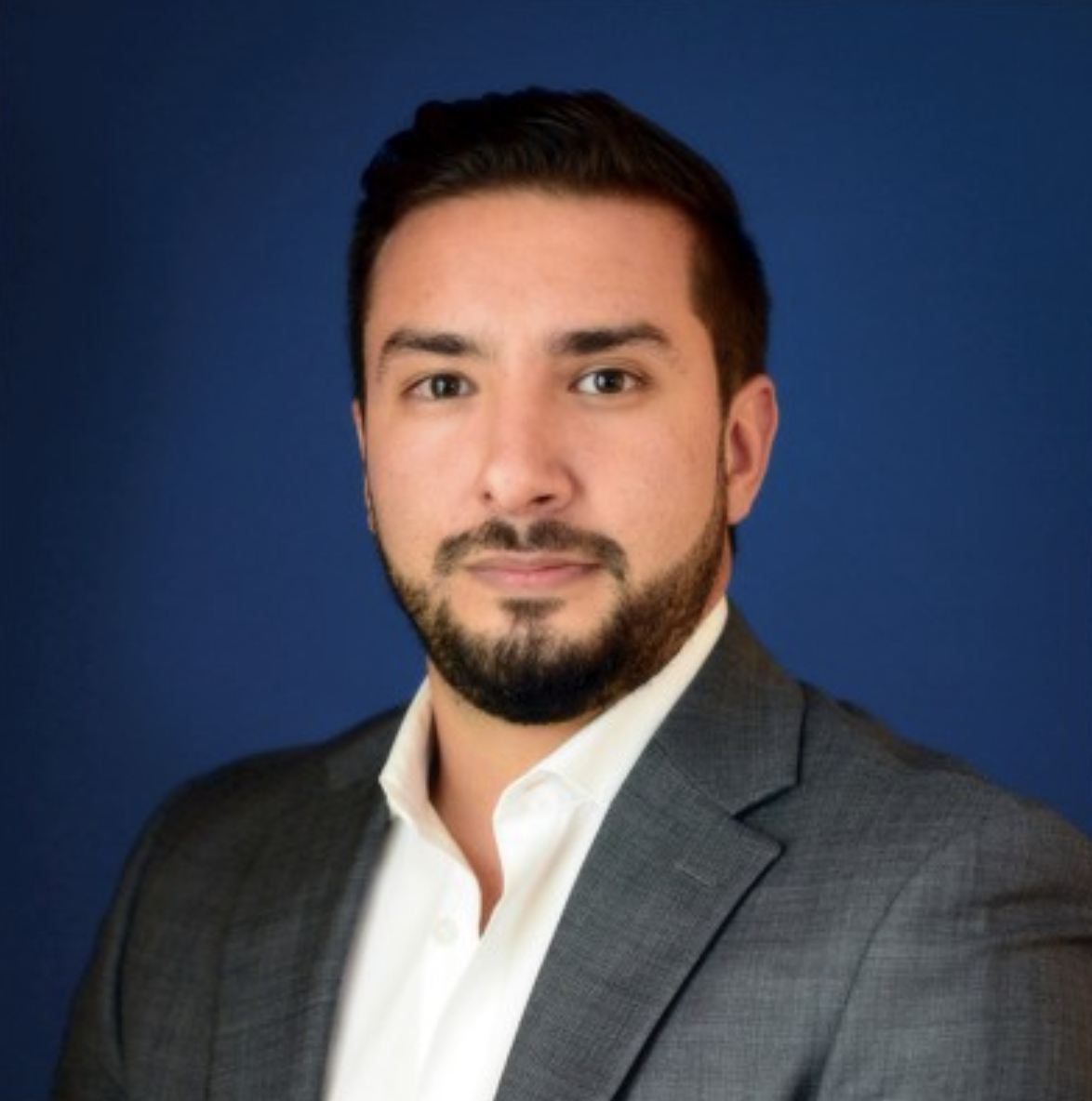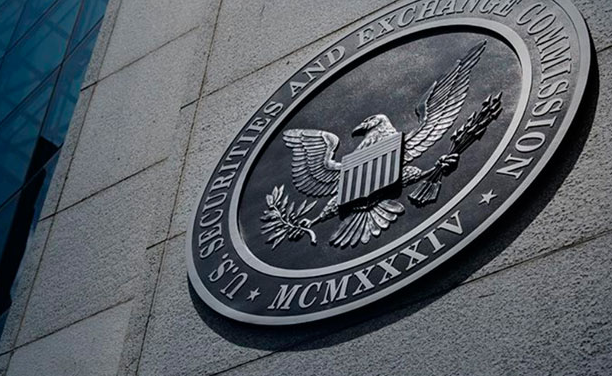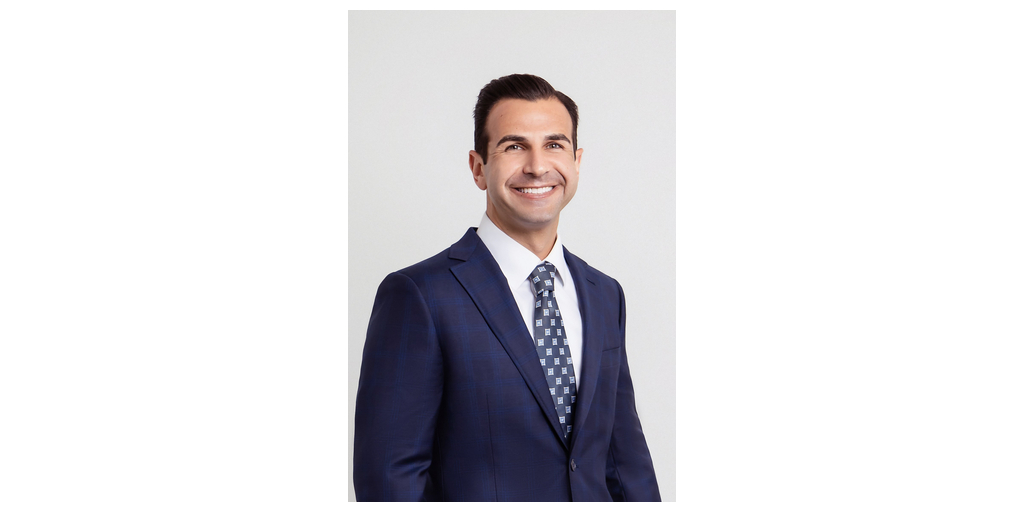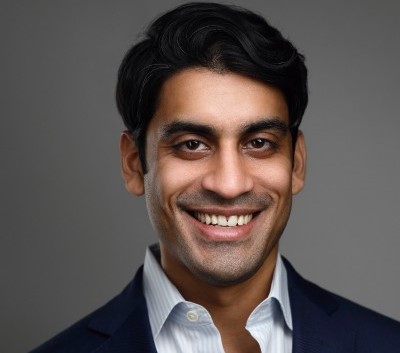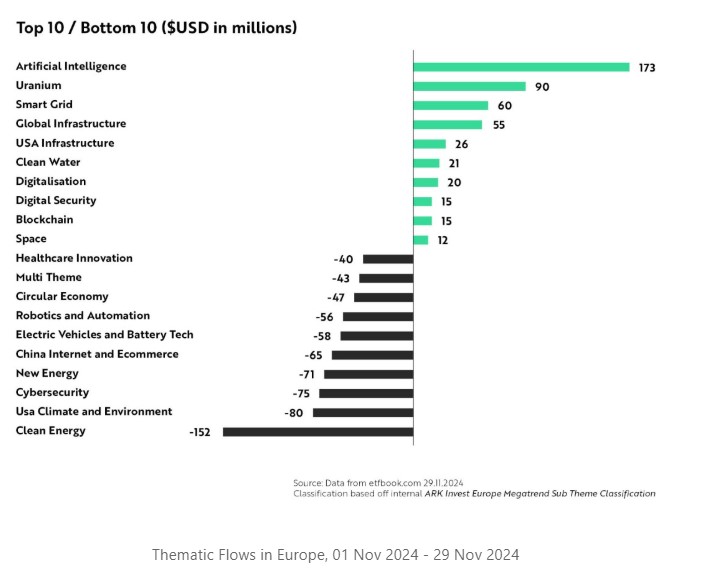The Transition Period in North America Is an Opportunity to Invest
| By Amaya Uriarte | 0 Comentarios
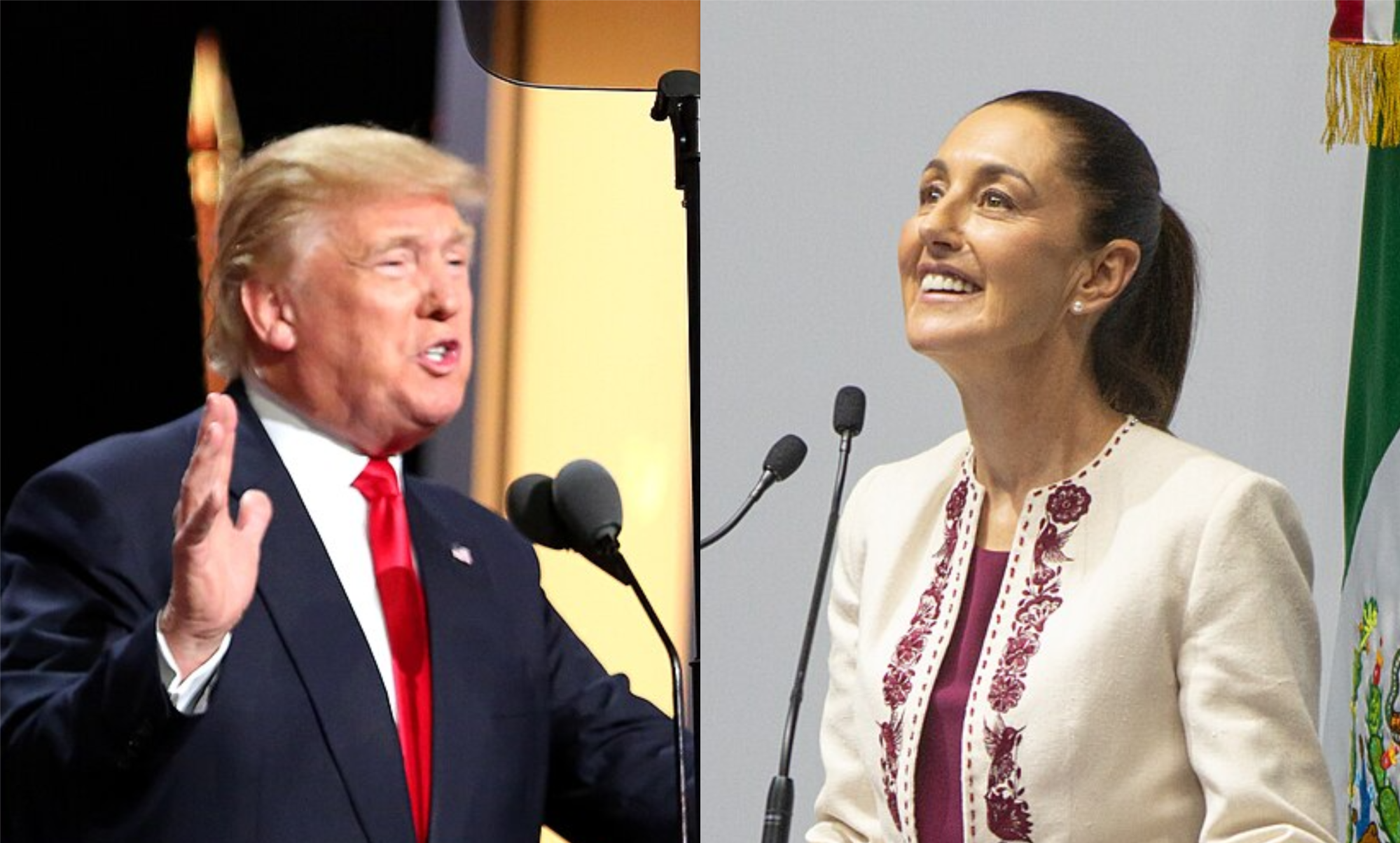
North America is undergoing a period of political and economic transition that may generate investment opportunities, especially in the markets of Mexico and the United States, despite the challenges. This is outlined in the Mexico 2025 Strategy report, prepared by the research team at Grupo Bursátil Mexicano (GBM) Casa de Bolsa.
The Latin American country recently experienced a change in government just over two months ago, with its first woman president in history, Claudia Sheinbaum Pardo. Meanwhile, in the United States, Donald Trump will take office for a second term on January 20, following a decisive victory in the election on November 5, 2024.
GBM highlights that a selection of Mexican companies reflects some of their most attractive valuations in decades, driven by a changing social and political landscape across the region. The brokerage firm supports increased portfolio exposure to defensive names, particularly in resilient sectors in such contexts, such as consumer goods and infrastructure.
The specialists behind the report identified three factors that could benefit Mexican equities next year:
- Strong domestic consumption dynamics:
Mexico maintains robust internal consumption dynamics, supported by social programs and a rising wage base in recent years. Additionally, the purchasing power of remittances has regained momentum after the dollar strengthened against the peso in the second half of 2024. - Strategic location in North America and a robust manufacturing sector:
The region continues along a path of supply chain integration, facilitated by Mexican corporations with leadership positions not only nationally but also in the United States. GBM also identified investment commitments in the infrastructure sector for the 2020-2029 period that are 43.3% higher in real terms than the previous decade, strengthening the country’s medium- and long-term outlook. - Potential for growth in infrastructure and housing:
With the potential consolidation of nearshoring, the country may be at the beginning of a period of infrastructure growth. Additionally, the positive economic impact of this trend could increase the population’s purchasing power, triggering significant demand for housing.
The GBM analysts further note that the effect of nearshoring could boost exports and foreign direct investment even more, leading to significant economic benefits in the logistics and energy sectors.
Other analysts from investment firms have emphasized in their year-end reports that they continue to favor U.S. equities, at least in the early phase of Trump’s second term.


